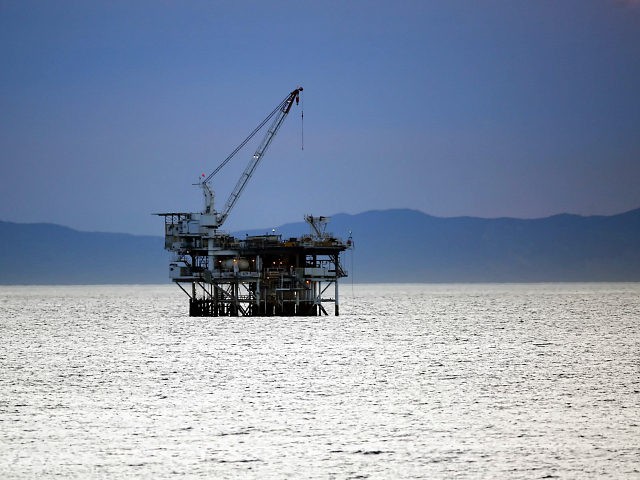China recently completed deep-sea drilling to obtain sediment core in an undisclosed location in the South China Sea, Chinese state media reported Thursday.
Chinese scientists retrieved a 758 foot-long sediment core using a Chinese-made drilling system known as the “Sea Bull II” on April 7. The sediment was extracted from a depth of 6,758 feet in an undisclosed location of the South China Sea, China’s official press agency, Xinhua, reported on April 8.
Lin Yongxin, the director of China’s National Institute for South China Sea Studies, told the South China Morning Post (SCMP) on Thursday “there are only a few places where depths are more than 2,000 meters [6,561 feet] in the South China Sea, including in the northwest and southern parts.”
The “Sea Bull II” drilling system used on Wednesday may be used to explore natural gas hydrate resources in the waterway’s seabed, Xinhua noted in its report.
Natural gas hydrates, also known as “combustible ice” or “flammable ice,” are frozen fossil fuel deposits found in seabeds beneath the permafrost. The substance consists of water and gas, typically methane.
Energy experts believe the South China Sea may contain some of the world’s most promising deposits of methane hydrate. China – the world’s top importer of oil and gas – has identified “combustible ice” as a potential new energy source, researching how to successfully extract methane hydrate from the South China Sea’s bed in recent years.
Methane hydrate extraction remains far from the industrialization phase, however, with energy experts cautioning that the process, especially in the South China Sea, is still highly difficult and costly. Despite this, Chinese state media boasted of allegedly extracting a “world record” amount of natural gas from methane hydrate in the South China Sea last spring.
Chinese drillers extracted 861,400 cubic meters of natural gas from methane hydrate during a one-month trial production in an area north of the South China Sea, Xinhua reported in March 2020. The gas was extracted from a depth of about 4,020 feet.
“This test has brought gas extraction from ‘experimental production’ to ‘trial production,’ considered a crucial step in the industrialization of methane hydrate,” China’s Ministry of Land Resources reported at the time. The bureau described the 30-day trial as a “solid technical foundation for commercial exploitation.”
The U.S. Energy Information Administration (EIA) estimates that the South China Sea holds about “11 billion barrels (bbl) of oil reserves and 190 trillion cubic feet (Tcf) of natural gas reserves.”
“The majority of current reserves exist in shallow water basins on the boundaries of the sea,” the EIA reported in 2019.
Chinese energy exploration in the South China Sea sparked anti-China protests in Vietnam in 2014 after the China National Offshore Oil Corp (CNOOC) deployed a drilling rig near the disputed Paracel Islands. The archipelago is located along the northwestern boundary of the South China Sea and is claimed by China, Vietnam, and the Philippines.
“Hanoi had said the rig was in its 200-nautical-mile exclusive economic zone and on its continental shelf. Beijing had said it was operating completely within its waters around the Paracel islands, which China occupies,” Reuters reported after Beijing agreed to move the rig away from the Paracels.
“The U.S. added CNOOC to an economic blacklist in January, saying it had helped China intimidate neighbors in the South China Sea,” the SCMP noted on Friday.

COMMENTS
Please let us know if you're having issues with commenting.